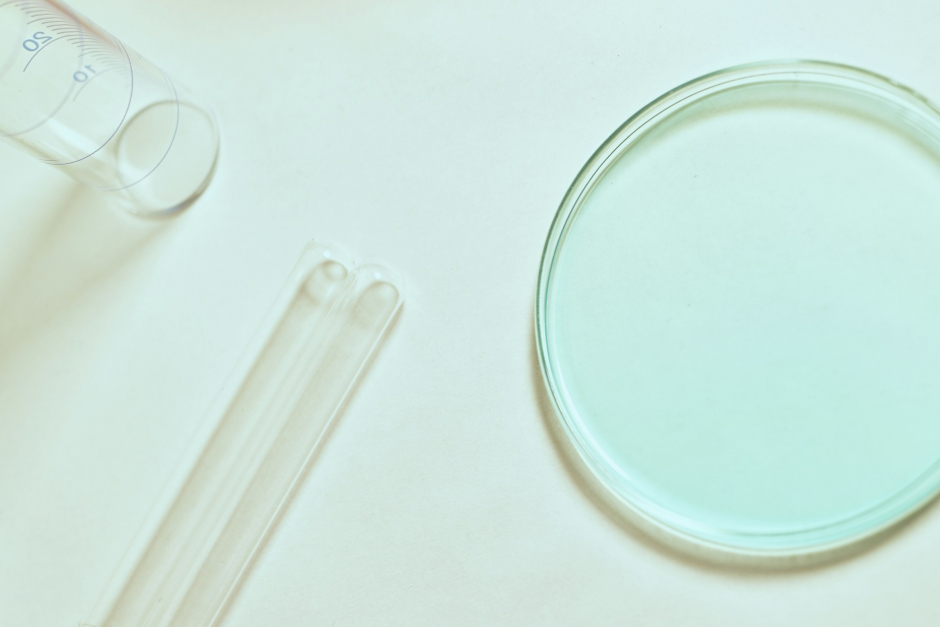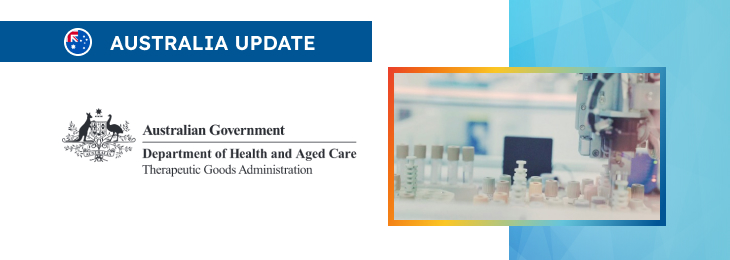The new article provides additional clarifications pertaining to specific regulatory matters associated with in-house manufactured in vitro diagnostic medical devices, including, responsibilities of the parties involved, as well as exclusions set forth under the existing legal framework.

Table of content
The Therapeutic Goods Administration (TGA), an Australian regulating authority in the sphere of healthcare products, has published a guidance document dedicated to the regulatory status for in-house IVDs. The present document provides an overview of the requirements set forth under the existing legal framework, as well as additional clarifications and recommendations to be taken into consideration by the parties involved.
At the same time, the authority reserves the right to make changes to the guidance and recommendations provided therein, should such changes be reasonably necessary to reflect corresponding amendments to the underlying legislation.
The scope of the guidance covers, inter alia, the aspects related to various obligations and responsibilities of laboratories conducting operations with in-house IVDs.
Compliance and Record-Keeping
First of all, the authority states that all in-house IVDs must consistently comply with the applicable conformity assessment procedures and Essential Principles. Laboratories are required to maintain evidence of compliance at all times, as per the relevant guidelines.
Additionally, laboratories must keep detailed records of instances of supply and use of the tests. The Therapeutic Goods Administration (TGA) may request this information at any time to ensure ongoing compliance.

Post-Market Monitoring
In addition to the above, laboratories must implement a post-market system to continually monitor the performance of their in-house IVDs. This involves participating in quality assurance programs and internal quality control activities.
Laboratories are also obligated to notify the TGA of any adverse events associated with their in-house IVDs. This monitoring system helps detect any issues such as malfunctions, deteriorations in performance, or inadequacies in design, production, labeling, or instructions for use.
Quality Management System (QMS)
The MD Regulations require laboratories manufacturing in-house IVDs to have a robust QMS that facilitates:
- Monitoring IVD performance through systematic quality control procedures and external quality assurance (EQA) programs.
- Implementing corrective actions if any failures or potential failures are detected.
- Reporting any adverse events related to the safety, quality, or performance of their in-house IVDs to the TGA.
- Notifying the TGA Recalls Unit in cases of malfunction or deterioration in class 4 in-house IVDs that lead to cessation of use or recovery of the device within a laboratory network, following the Uniform Recall Procedure for Therapeutic Goods (URPTG).
The NPAAC standard (Sections 9 and 10) provides specific guidance on monitoring, analysis, improvement, adverse event reporting, and recalls.
Adverse Events Reporting
Another important aspect addressed in the guidance is a set of rules for adverse event reporting.
According to the document, an adverse event is defined as an incident that results in:
- Serious injury or deterioration in health, including life-threatening illnesses or injuries.
- Permanent impairment of body functions or structures.
- Conditions requiring medical or surgical intervention to prevent permanent impairment or damage.
Common causes of adverse events include design issues, deficiencies in instructions, defective components, performance failures, and user/system errors.
Reporting Requirements
The MD Regulations mandate that laboratories report information about adverse events that:
- Pose a serious threat to public health.
- Result in serious health deterioration.
Specific reporting timeframes are prescribed:
- Serious public health threats must be reported within 48 hours.
- Events leading to serious health deterioration must be reported within 10 days.
- Recurrences that might lead to serious health deterioration must be reported within 30 days.
For detailed reporting procedures, laboratories should refer to “report a medical device adverse event (sponsor/manufacturer)”.
Exemptions for In-house IVDs
It is also important to mention that the existing regulatory framework for in-house IVDs provides certain exemptions introduced to reduce the unneeded regulatory burden for the parties involved.
Experimental Purposes
Schedule 4 Part 2 of the MD Regulations outlines provisions for exempting medical devices used for experimental purposes. Laboratories requiring access to unapproved commercially supplied IVDs or developing class 4 in-house IVDs for experimental purposes should contact the TGA to discuss exemption requirements.
Emergency Situations
Part 4-6A of the Act allows certain therapeutic goods to be stockpiled for potential future emergencies or made available urgently to address actual emergencies. Class 4 in-house IVDs developed to detect emerging infectious diseases may be exempted from ARTG inclusion to address public health emergencies.
Such exemptions are initiated by the Government, not individual laboratories, during actual or potential public health crises.
Case Studies
In order to assist the parties involved in understanding and applying the key principles described hereabove, the authority also provides several examples illustrating the approach. However, these examples are non-comprehensive, so each specific case should be assessed separately.
Case Study 1: Companion Diagnostic Testing
Imaginary Labs plans to transfer a companion diagnostic (CDx) test from an overseas laboratory to support gene therapy. The test, nAb AAV5 Assay, must be validated and accredited as a class 3 in-house IVD. Imaginary Labs uses TGA guidance and performs additional bridging studies to validate the assay, achieving NATA accreditation and starting companion testing while maintaining regulatory compliance and reporting obligations.
Case Study 2: Use of New Specimen Type
Orange Labs intends to use a commercial kit for testing joint aspirate fluid, a specimen type not originally intended by the manufacturer. They validate and accredit the new use, ensuring equivalent performance and achieving NATA accreditation. The laboratory then notifies the TGA and maintains the necessary documentation.
Case Study 3: Donor Screening Device
Hypothetical Laboratories develops a class 4 IVD for screening blood donor products for Treponema pallidum. They follow TGA and international standards to validate the device, achieving NATA accreditation. They apply for ARTG inclusion, undergo a mandatory audit, and ensure continuous compliance and adverse event reporting.
Case Study 4: Preimplantation Genetic Testing
Illusionary Labs develops a new in-house IVD for genetic testing in embryos. They classify it as a class 3 in-house IVD, validate it, and achieve NATA accreditation. They begin testing and notifying the TGA, maintaining documentation, and reporting any adverse events. Subsequent additions to the test require further notification to the TGA.
Conclusion
In summary, the present TGA guidance provides an extensive overview of the regulatory requirements applicable to in vitro diagnostic medical devices used by laboratories, either manufactured from scratch or created based on existing products. The document highlights the key aspects to be taken into consideration in order to ensure compliance with the said requirements, as well as the proper performance of the respective devices, ensuring the accuracy and reliability of test results.
How Can RegDesk Help?
RegDesk is an AI-powered Regulatory Information Management System that provides medical device companies with regulatory intelligence for over 120 markets worldwide. It can help you prepare and publish global applications, manage standards, run change assessments, and obtain real-time alerts on regulatory changes through a centralized platform. Global expansion has never been this simple.

